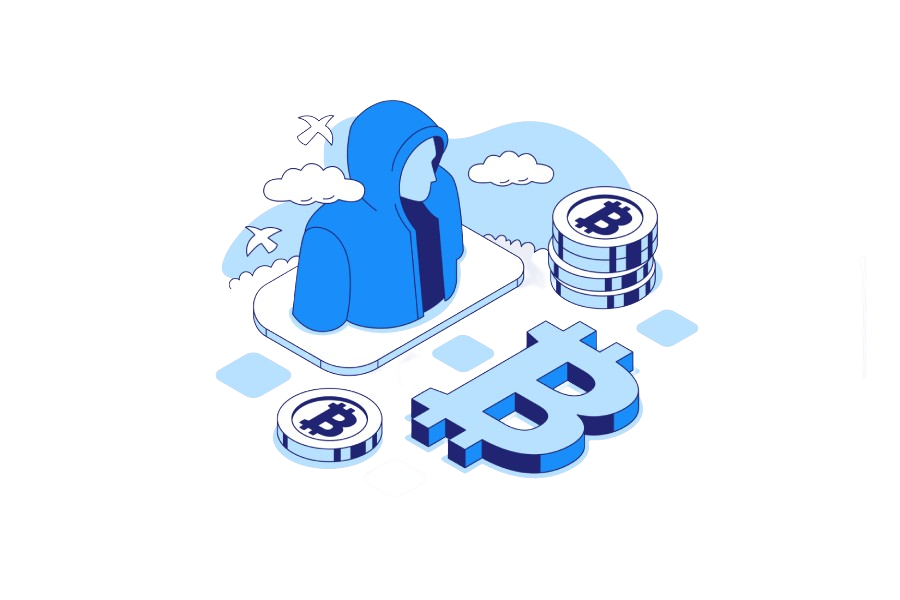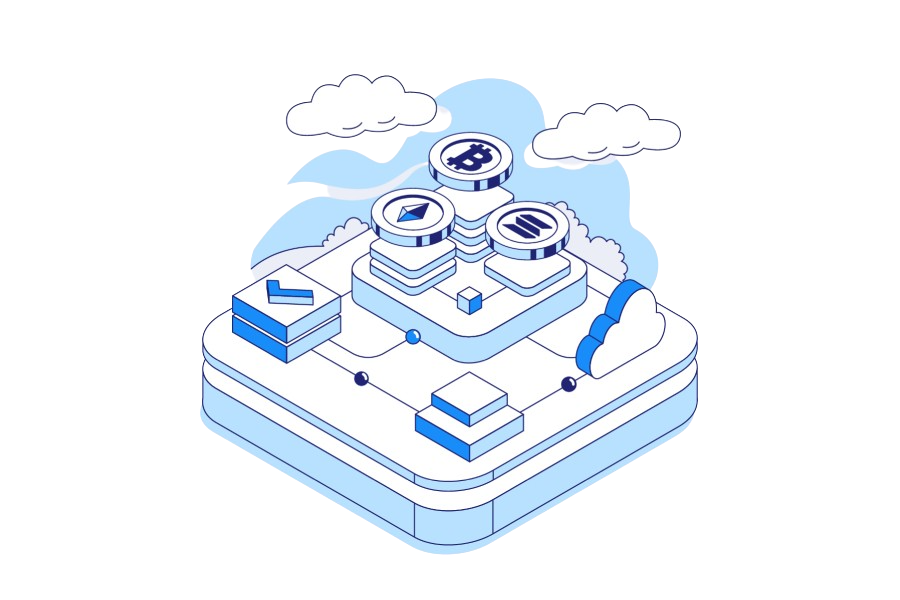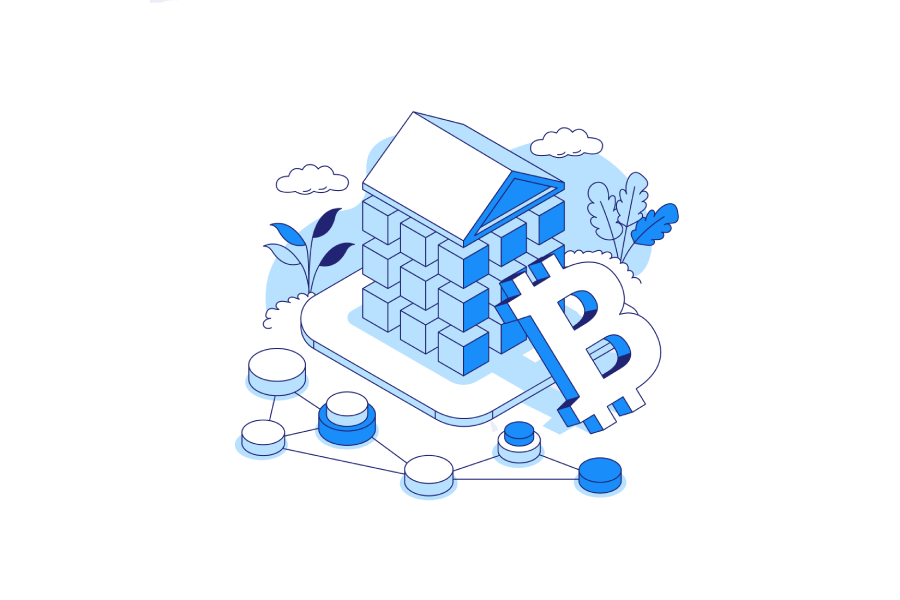What is Ripple?
Ripple is a digital payment network that has its own cryptocurrency, XRP.
The concept started between 2004 and 2005 when RipplePay was developed by Canadian computer programmer Ryan Fugger to offer secure payment options to members of an online network. It was designed to be a replacement for money transfer network SWIFT.
Ripple is the name of the financial technology company that creates global payment solutions, while the cryptocurrency token is called XRP.
XRP can be used online for currency swaps and online payments. As of March 2022 it had a stock market value of $83 billion. Ripple still uses XRP as well as XRP’s public crypto to power its products.
Table of Contents
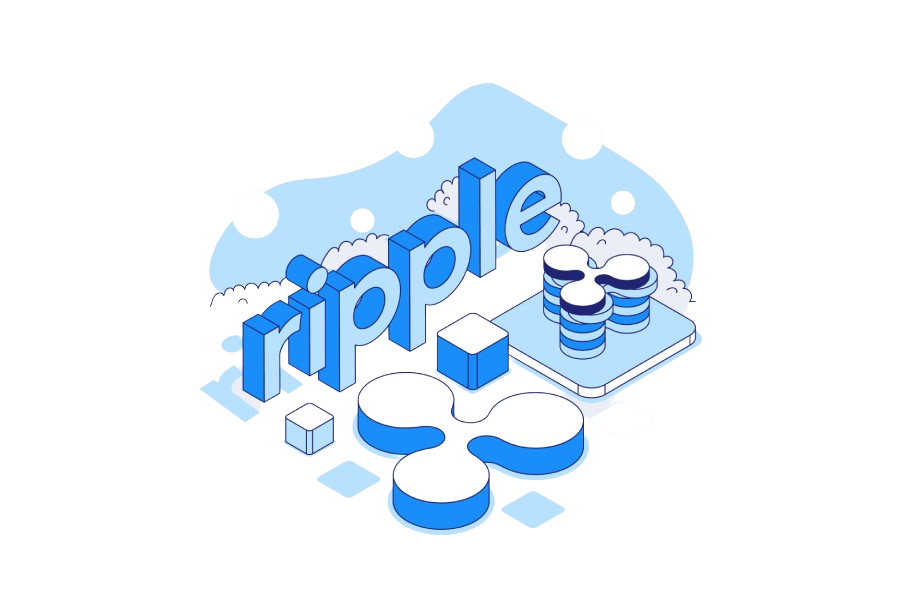
How does Ripple work?
Ripple works on a peer-to-peer, decentralized platform. It allows for seamless money transfers, in fiat currencies such as dollars, yen or euros, as well as cryptocurrencies like Bitcoin or Litecoin. Ripple counts large banks and financial service providers among its customers. XRP, which is used in its products, facilitates quick conversion between currencies.
Ripple’s core process is a payment settlement assets exchange and remittance program, similar to the system for international funds and security transfer, which is used extensively by banks and financial intermediaries that work across currencies.
RippleNet allows instantaneous payments between financial entities. The platform is supported with a blockchain payment protocol. RippleNet’s network of payment facilitators worldwide allows for seamless communication. Users can send or receive payments instantly through Ripple’s distributed platform.
RippleNet acts in the same way as standardized HTTPS. It is used to transmit information across the internet. RippleNet offers a framework with a set of rules, the Ripple Transaction Protocol, (RTXP), which all network participants can follow. This reduces transaction bottlenecks.
An application can connect to XRP Ledger using HTTP, or WebSocket AAPs. They can also use libraries in many programming languages such as JavaScript, Python and others.
Anyone can connect to the ledger. However, transactions can only be approved by trusted validators. These validators are often financial institutions and banks.
Validators determine that transactions have been approved by comparing them against the most recent version of the XRP Ledger. To be validated, a transaction has to be accepted by at least 50 per cent of validators.
As of March 2022, the network could handle up to 1,500 transactions per minute for a fee of $0.0007. This is faster than Ether, the native Ethereum cryptocurrency that processes 10 transactions a second and Bitcoin, which supports four to five transactions per second.
The token used to fund the cryptocurrency is pre-mined. The XRP cryptocurrency token serves as an intermediate mechanism for exchange between two currencies/networks.
Gateways offer an entry point to external individuals or entities that want to join Ripple. A gateway is typically a bank that acts as a trust intermediary between two parties in order to complete transactions. They are used to transfer fiat funds and crypto using Ripple.

What is the difference between Ripple and XRP?
Ripple and XRP are often used interchangeably in the media, but it is important to understand they are not one entity.
Ripple is a for-profit company that helps promote and create XRP; the software behind it known as the XRP Ledger; as well many other transaction-oriented projects. It serves as a trusted agent between parties in a transaction – the network is able to quickly confirm that an exchange went through. Ripple is able to facilitate exchanges for fiat currencies and cryptocurrencies.
Ripple was started in 2012 under the name OpenCoin. One year later, work on the XRP Ledger would begin. OpenCoin was rebranded to Ripple Labs in 2013 before becoming Ripple. The XRP Ledger began as the Ripple open payments system and was then moved to the Ripple Consensus Ledger before becoming the XRP Ledger.
Ripple claims XRP is “faster and less expensive than other digital assets.” It uses XRP Ledgers to “power innovative technologies across the payments sector.”
After the XRP Ledger began to function, its developers donated 80 billion tokens for support to a private business. Ripple, a company that was selling XRP, claimed it had been using the tokens to “incentivize markets maker activity to increase XRP liquidity and strengthen XRP markets’ overall health.”
Initially, XRP was the symbol used to signify “ripples,” or “Ripple credits.” However, these names have been dropped over time in favor of XRP.
What are the advantages of Ripple and XRP?
- XRP has a more centralized structure than Ethereum or Bitcoin. Ripple is the only entity that can control the issuance of new coins
- Fast, efficient, transparent payments with added liquidity to streamline the settlement process
- XRP settlement speed exceeds that of Ethereum or Bitcoin
- Ever-improving scalability – the XRP network can handle up to 1,500 transactions per minute
- The cross-border cryptocurrency payment system has attracted more than 100 financial institutions, such as banks, to its network
What are the disadvantages of Ripple and XRP?
- Ripple faced controversy in 2020 when the company was accused of illegally raising $1.38 billion from investors for what the Securities and Exchange Commission called an “unregistered stock offering.” As of March 2022, the case was still ongoing, but XRP climbed 22 per cent in February 2022 on reports that the company had made a positive turn in the legal proceedings
- RippleNet does not have a decentralized structure like other public blockchains
- The products are primarily designed for large financial institutions and have very little practical utility for retail users. But that hasn’t stopped the XRP army from promoting it on Twitter.
Ripple holds a majority of XRP meaning it is easy to manipulate or negatively influence the price of the token by flooding the market with large sales
Conclusion
Ripple is a financial transfer system and XRP is its native cryptocurrency. There are many advantages to Ripple including fast transaction confirmations and the fact that it is used by large financial institutions. Downsides include a recent controversy in which the Securities Exchange Commission filed a lawsuit against Ripple.
Table of Contents
Related articles
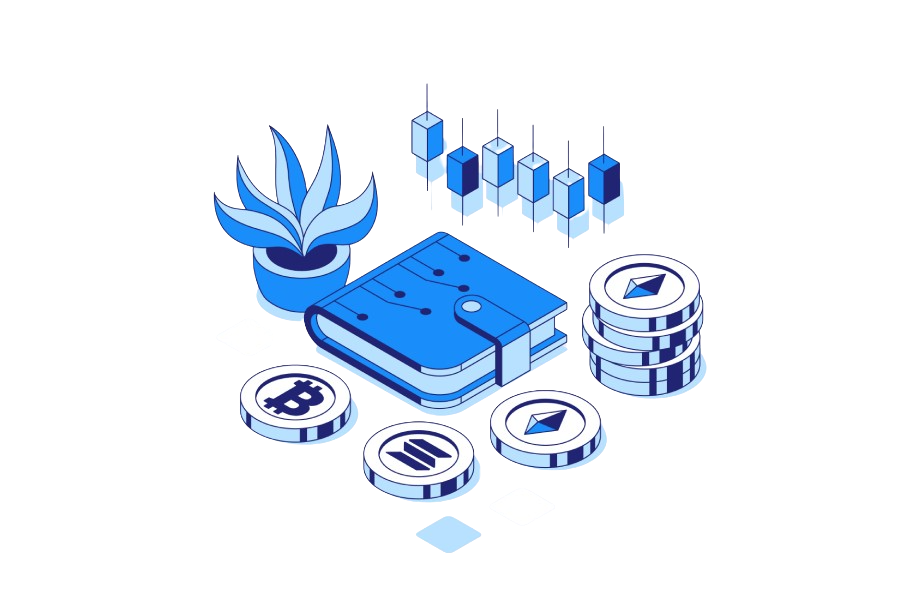
What is Bitcoin Adoption?

What is a Bitcoin Loan?


